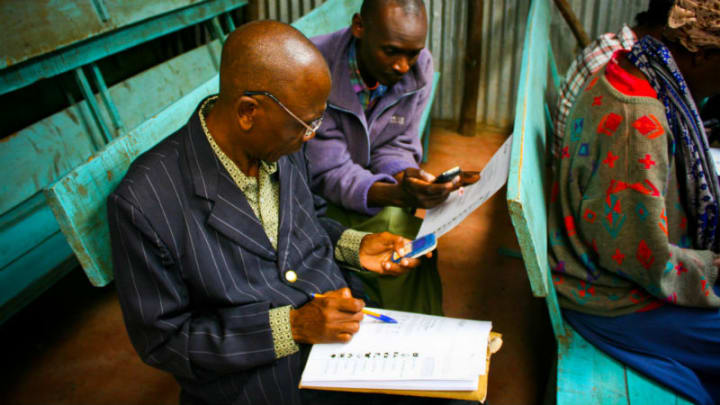
The growth in digital credit is driven by a segment of active individuals who borrow money monthly or weekly but are struggling to stay afloat. One in eight digital borrowers
The typical borrower is likely to be a local, be age 26-36, wage-employed or self-employed and have completed at least secondary school. They are also more likely to be male than female. Among those who have defaulted on a digital loan is Miss Valerie Nekesa, 34, who has been borrowing money through M-Shwari, the leading digital lender, for the past four years. She once defaulted on a loan because she did not have money to repay it and ended up being suspended from the service for a month.

Like one in six digital borrowers who cleared their loans late, according to the survey, she had not planned well on how she would repay the money. Eventually, she repaid the loan and returned into the good books of her lender. Valerie spends the credits on routine household goods and bills.
According to a survey in Kenya and Tanzania, household and business needs dominate reasons for borrowing. More than a third of digital borrowers report primarily taking out loans for ordinary household needs (35 percent) or for business purposes (37 percent).

On average, the size of digital loans ranges between Sh1,000 and Sh5,000 at the beginning, but borrowers can become eligible for larger loans through repeated borrowing or positive savings behaviour, among other factors. Valerie, a project manager at a digital lending firm, borrows between Sh1,000 and Sh18,000 a month. But sometimes, during moments of reflection, she questions whether she really needed to take a loan or she did it just because such loans are easily available.
Digital loans are easy to obtain and short-term but carry a high interest rate. The fees charged on digital loans generally range between six percent and 10 percent monthly for a one-month loan, which is relatively expensive compared to traditional formal loans. Microfinance institutions, for example, tend to charge an average of 30 percent annually.

Valerie goes for digital loans even though they attract a higher interest because they are fast, one does not need to visit a bank to get them and the process is private. “For me, the ease with which the loan is processed outweighs the extra costs,” she says.

The youngest category of borrowers, aged 18-25, experienced the highest rate of poor transparency by digital lenders. Borrowers who reported poor transparency were also most likely to report having paid digital loans late or defaulted. Men are more likely to use digital loans to meet day-to-day household needs, paying bills and airtime while women are more likely to borrow for school fees.